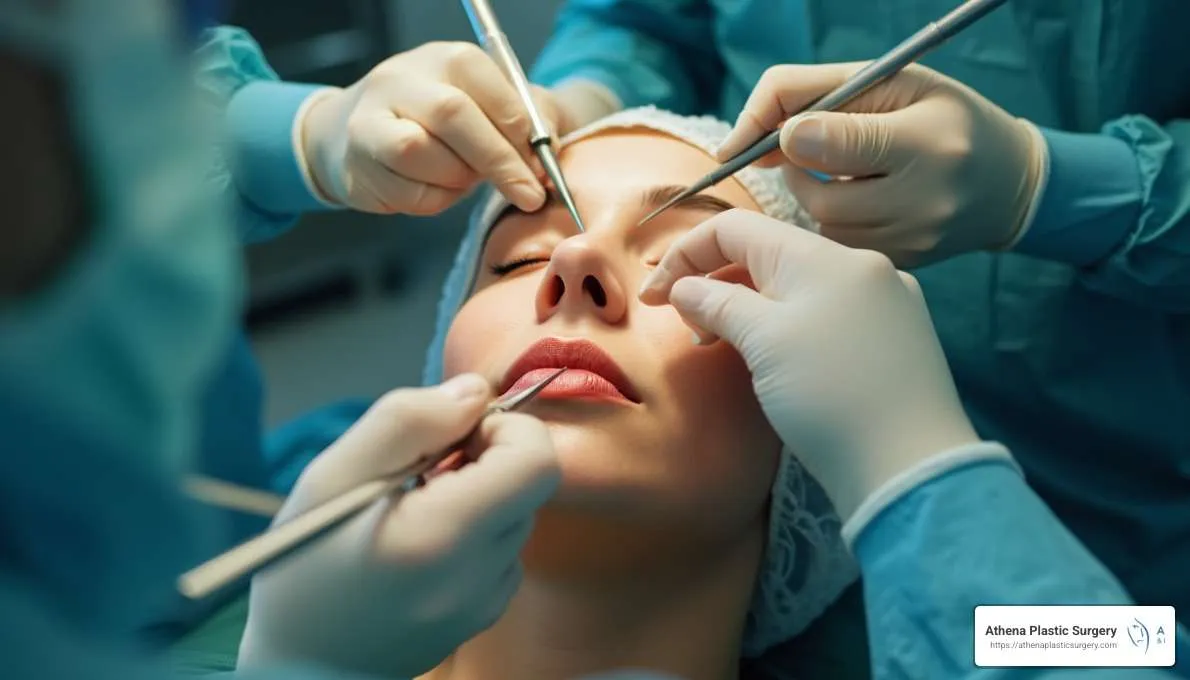Allergy treatments have come a long way. From simple remedies to advanced therapies, our understanding of allergies has deepened, leading to better medical technologies used by specialists. Here’s a look at how treatments have evolved to meet patients’ changing needs and provide more personalized care from an allergy specialist:
What Are Early Methods?
Early efforts to manage allergies relied on observation and trial and error. The development of basic allergy testing, where patients were exposed to small amounts of allergens to identify triggers, marked a significant milestone. Although these methods were not very precise, they laid the groundwork for modern diagnostic techniques. At that time, treatment options were limited and typically focused on relieving symptoms with medications such as antihistamines.
How Did Testing Improve?
The 20th century saw important progress in allergy diagnostics. One major breakthrough was skin-prick testing, introduced early in the century. This method involved placing small drops of allergens on the skin and watching for reactions. It was a significant step forward because it offered a clear and structured way to identify allergy triggers.
Another key development was the creation of blood tests. Unlike skin-prick tests, blood tests are non-invasive and measure allergen-specific antibodies in the blood. These two techniques provided allergy specialists with more accurate tools for diagnosis. As a result, diagnostics improved, leading to more personalized treatment options.
How Does Immunotherapy Work?
One of the most significant advancements in allergy treatment is immunotherapy. This approach aims to desensitize the immune system by gradually exposing it to allergens. Originally administered through injections, immunotherapy offers the potential for long-term relief from symptoms rather than just temporary relief.
Later, immunotherapy was adapted into sublingual forms, such as dissolvable tablets or drops placed under the tongue. These options made treatment more accessible, especially for children or those hesitant about injections. Over time, these therapies have been personalized to better suit individual patients.
An allergy specialist may adjust dosages and allergen exposure levels based on each patient’s profile. While immunotherapy is not an instant fix, it provides hope for effectively managing chronic allergies. This shift toward personalized medicine in allergology is built upon these early innovations, which continue to lay the groundwork for future breakthroughs.
What About Modern Innovations?
Today, allergy treatment is entering a new era thanks to advanced technologies. Biologics are a groundbreaking type of drug that target specific immune pathways. These treatments are especially helpful for severe allergies and conditions like allergic asthma. Telemedicine has also changed how patients experience care. In the past, seeing an allergy specialist meant multiple visits to the clinic. Now, with virtual consultations, patients can discuss symptoms, review test results, and create treatment plans from the comfort of their homes.
Find an Allergy Specialist Near You
Personalization is transforming how specialists approach allergies. No longer reliant on one-size-fits-all solutions, treatment plans aim to meet the unique needs of each patient. Genetic testing has emerged as a useful tool, enabling specialists to predict how individuals may respond to specific allergens or therapies. Lifestyle modifications now complement medical treatments. Specialists work alongside patients to identify environmental factors contributing to symptoms. Find an allergy specialist near you.





Leave a Reply